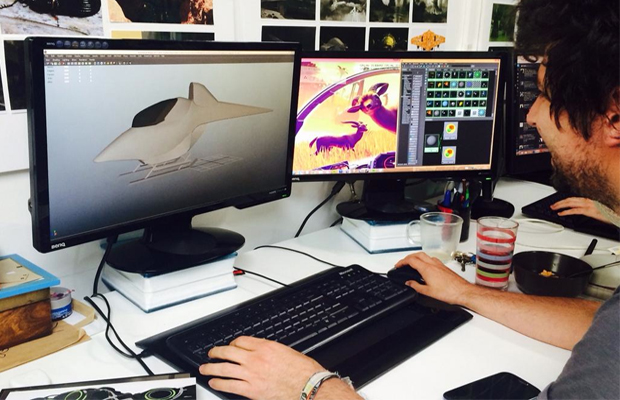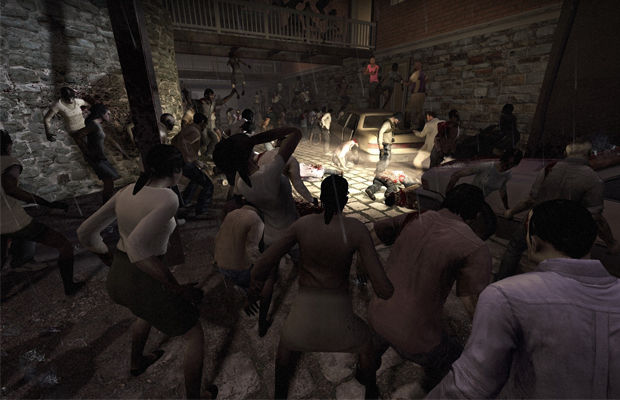
Words by Ben Paulson
Procedural content generation (PCG) can be compared to playing with LEGOs. The core concept is to take a limited set of pieces premade and rearrange them into something new. Hardly anything new the marketing teams behind these gaming companies would have you believe, PCG has been used in one fashion or another for much of the life of video games and media in general. Still, the questions are asked: What is it and why does it matter for the future of gaming?
Manual content generation requires teams of artists and hundreds of man-hours dedicated to creating every audio and visual experience within a video game. In the days of Pong and Pac-Man, the technology restricted the level of detail, so the teams were smaller and moved more swiftly. As technology advanced, the gaming experiences became more complex. The need for more content grew exponentially, and now a large part of a development budget is dedicated to just the art assets and the development team.

PCG offers a solution in aiding the reduction of a production budget, as well as reducing time necessary to create the content of the game. Procedural generation takes preexisting components and reuses them in a seemingly random fashion to generate new content. Random is not truly random in the computer world, but there are different techniques to maintain the illusion. Left4Dead and Minecraft are two of the more interesting titles to put PCG techniques to effective use. The former applied the concepts to the artificial intelligence and spawning within the game, where as the latter used them for pretty much everything else.
In the Director Mode of L4D, the game tracks decisions and player progress in order to alter spawning. So instead of having the same number of baddies bent on consuming your brains around the next corner, the developers programmed zombies to be significantly more powerful. The experience proves to be more dynamic than other titles because everything is based off the gamer’s expectations and not predetermined values.

Minecraft is a prime example of how procedural techniques can be used properly. The world itself is procedurally generated at the time of executing the game. It also uses the system time at that point as a seed for the randomization of the environment, so each play of the game is unique. The incredible surface area the world covers does provide numerous different climate zones and environmental obstacles, furthering the diversity of the game. To reduce the system resources required other than the base environment the areas loaded at runtime are reduced to the current location of the player. Additional areas will become available as the player moves within a predetermined distance.
Procedural programming techniques are not as new and shiny as the media might spin them to be, but they do hold the potential to continue pushing the envelope of what a game can be and who they are developed by. Minecraft’s simple approach to game design was like dumping a bucket of LEGOs on the kitchen table and lets one’s imagination run wild. L4D showed us a great way to make the experience of playing a game repeatedly exciting and challenging.
Forthcoming titles such as No Man’s Sky and Star Citizen look to be able to push our understanding and expectations even further. It is a truly exciting time for the industry. The mega studios are still around, but there has been a resurgence of the smaller independent studios. We have also bared witness to some passion projects from the greatest minds in gaming as the next generation of gaming becomes cultivated.













